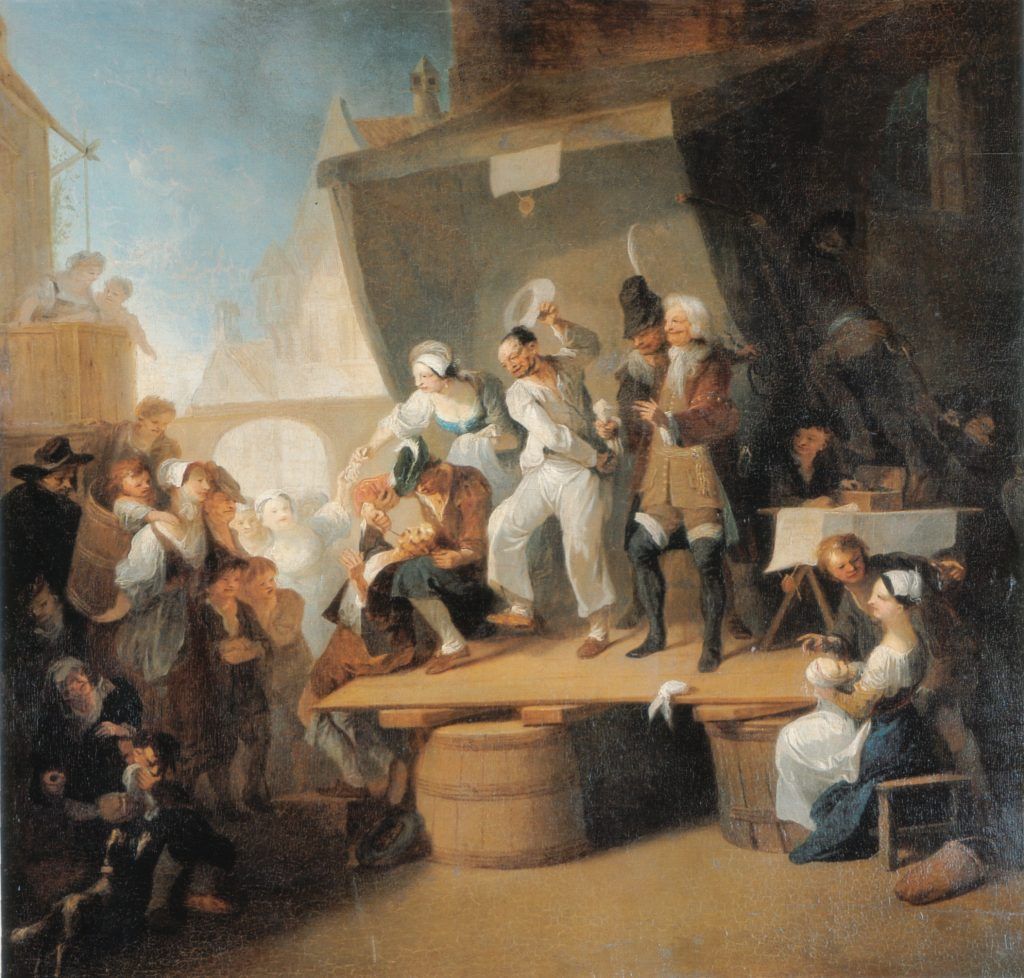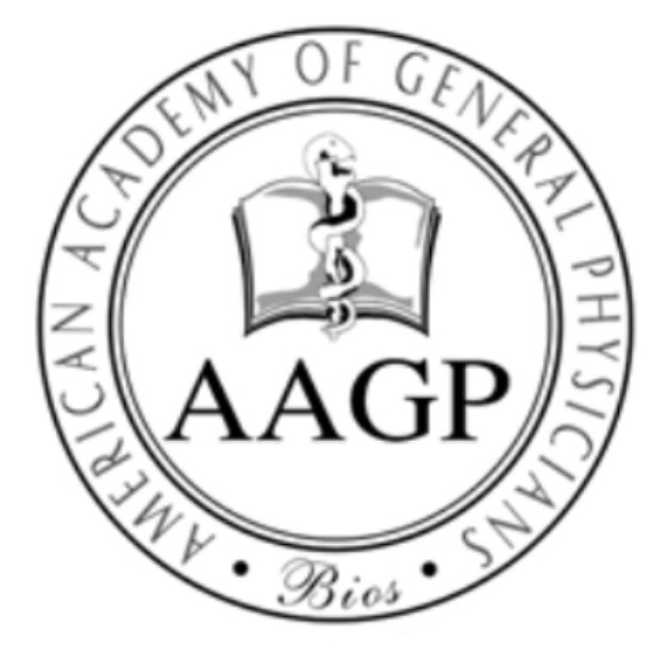Origins of General Practice
The General Practice of Medicine has a long and prestigious history which predates the development of most of the specialties and areas of practice in medicine and surgery today. From an historical perspective, the General Practice of Medicine and the organizations which support and further the cause of the General Practice of Medicine (i.e. the American Academy of General Physicians and the American Board of General Practice) have a greater right to recognition and acceptance than most other specialties and areas of medicine.
While the term “General Practitioners” was first formally used in December 1844, with the formation of the National Association of General Practitioners in Medicine, Surgery and Midwifery in England, the roots of the general practice of medicine date back to 1617, with the formation of the Society of Apothecaries in England. The Society of Apothecaries was the formal society in which general practitioners associated. Many of the practitioners who practiced as apothecaries in the 1600’s referred to themselves as General Practitioners. Apothecaries were practitioners who learned their profession as apprentices.

Another type of practitioner that was present, in England, in the 1600’s was the Barber Surgeon. These practitioners also learned their profession as apprentices. Although their apprenticeships were different from those of the apothecaries, many barber surgeons referred to themselves as General Practitioners.
General Practitioners, in the 1600’s and 1700’s, in England, were the true primary care physicians. They were the first physicians seen by most people. They were friends of, and advocates for, patients.
In 1815, England adopted the Apothecaries Act. This act gave the Society of Apothecaries the right to examine and license apothecaries. Many barber surgeons, who were practicing as General Practitioners, also sought and obtained this licensure. In 1840 in England, about one third of all apothecaries and barber surgeons, who were practicing as General Practitioners, had this licensure.
In 1844 in England, many barber surgeons, who were practicing as General Practitioners, became dissatisfied with the Royal College of Surgeons. The Royal College of Surgeons adopted, in 1844, a new charter, which made stricter the route to fellowship in the College. Many barber surgeons, who were practicing as General Practitioners and who had obtained licensure under the Apothecaries Act, did not like this and, as such, either left the Royal College of Surgeons or became disenfranchised from the College.
In December of 1844, the barber surgeons, who had either left, or became disenfranchised from, the Royal College of Surgeons, and who were practicing as General Practitioners, joined with the apothecaries to form the National Association of General Practitioners in Medicine, Surgery and Midwifery.
The English traditions established for the training and practice of General Practitioners were carried over to the United States through England’s original colonization of the United States.
